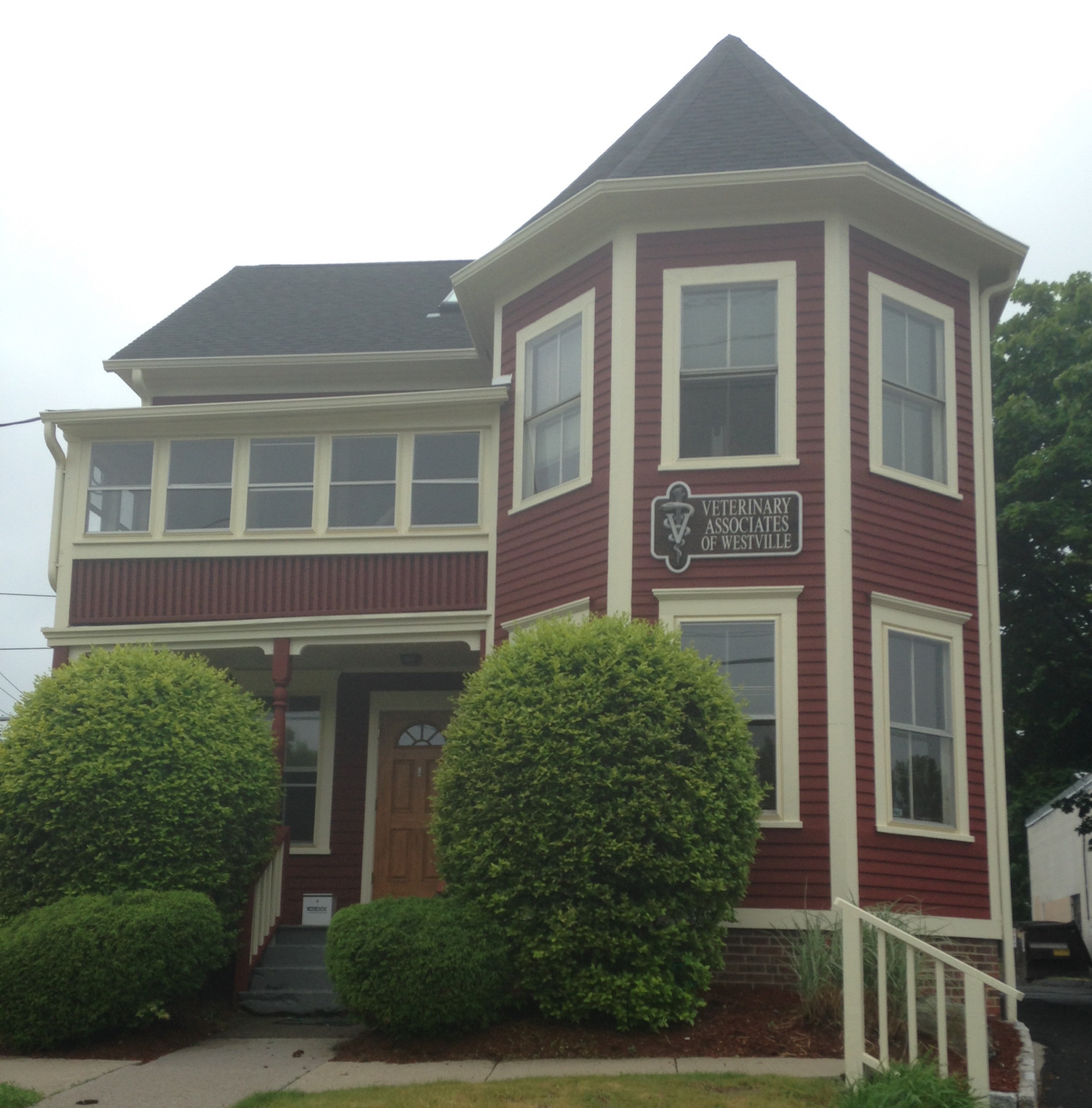My profession has changed dramatically since I graduated from veterinary school. At that time, there were very few specialists – in fact most of the specialty boards had not been established yet. So if you had a medical case or a surgery, you would hit the books and develop a plan of action. Paraphrasing Harry Truman “the buck stopped with you.” Now we have ready access to many specialists locally, as well as consultations via the internet. Our Central Hospital has the following specialists available:
1. Internal Medicine
2. Two surgeons
3. Cardiology
4. Ophthalmology
5. Oncology
6. Dermatology
7. Behavior Medicine
8. Radiology (ultrasound)
9. Exotic Medicine (birds, small mammals, reptiles)
10. Physical therapy
This allows us access to real experts in their field. Patients can get the best care right at the Central Hospital. For very special care there are referral centers at Tufts and Cornell Veterinary Schools or at Animal Medical Center in NYC.
Besides the experts that are readily accessible to your veterinary team, the other big advancements have been in the diagnostic equipment routinely used now. I think by far the biggest change is the availability of routine ultrasound examinations. Radiography has been available for decades, and it is still a valuable tool. It is very good at evaluating bone changes or lung disease. It is less valuable in looking at the heart’s valves or heart muscle thickness. Nor is it as good in abdominal exams where you cannot see the interior architecture of the organs with radiography. Before ultrasound, many times we would do an exploratory surgery to check the abdomen for disease. This is very rarely needed now.
Chest x-ray showing the heart shape, but you cannot see the valves. The view of the lungs is very good.
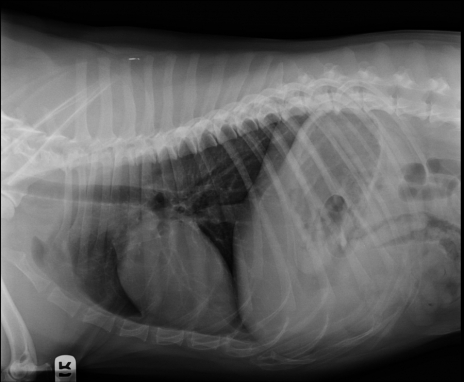
Echocardiogram showing the heart chambers and a thickened diseased mitral valve
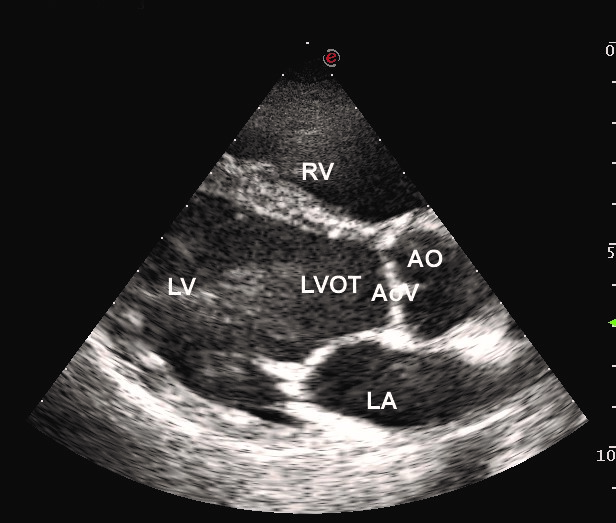
Another advance is the routine use of endoscopy. Many times, foreign bodies can be removed from the stomach with the scope. This saves the pet from having to go through surgery. We also use the endoscope to examine a diseased GI tract – we can biopsy the tissue, again without surgery. Inflammatory bowel diseases are fairly common problems in dogs and cats. Biopsy allows us to make a definitive diagnosis, so that the right treatment can be prescribed.
Veterinarian doing a scoping with a view of the esophagus below
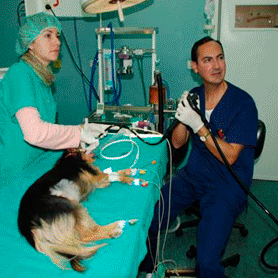
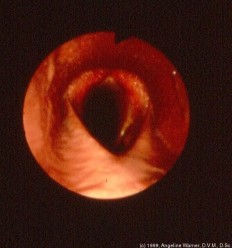
CT scan and MRI scans are also used to diagnose more complex cases. This is especially true with neurologic diseases where routine x-ray and ultrasound are often of little help. We often consult with a veterinary neurologist in Meriden if an MRI is required. CT scans are often used by our surgeons to plan a delicate surgery.
Interventional radiography is relatively new to veterinary medicine. Recently our cardiologist did a balloon valvuloplasty to fix a congenital heart defect in a puppy. He has also done several catheterizations to repair a different congenital heart defect called patent ductus arteriosus. We used to do open chest surgery to repair this problem. Obviously, recovery is much faster with this technique.
Laparoscopic surgery is now another technique that is used when needed. I had an older cat with severe kidney problems that I referred to one of our surgeons to have her bladder stones removed laparoscopically. She recovered much quicker than if she had traditional surgery.
Our surgeons are able to do joint replacement surgery now. Many dogs with hip dysplasia suffer pain plus weakness in their rear legs. Hip replacement surgery has become routine. This makes a huge difference in these patient’s
quality of life. Recently artificial elbow and knee joints have also become available.
Schematic and x-ray view of hip replacement surgery
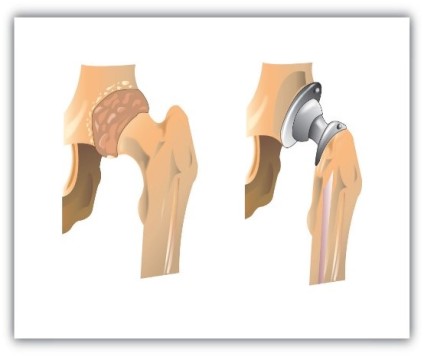
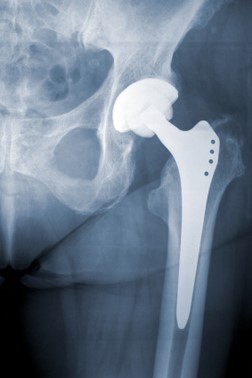
The standard of care has been raised in general practice too. Routine physical exams are the heart of any wellness program. The vast majority of our patients have dental disease by the time they are 5 years old. Most owners have no idea what a significant effect this has on their pet’s quality of life. This is only one of the areas checked on a physical. We often suggest blood and urine screening – especially as pets age. We can often detect diseases e.g. kidney problems much earlier than before. This allows us to prescribe medication or diets to ameliorate the problem. Some excellent studies show these patients live longer with proper care.
Last but not least is the 24 hour care that is available for critical patients. We started doing this in 1975 at our Central Hospital. The equipment and services offered has expanded greatly since then. Continuous i.v. therapy, oxygen therapy, telemetry, and blood product therapy are just a few of the services routinely done in our ICU. Still the most important part is the TLC of our nursing staff.
Modern veterinary medicine has improved the life of our patients. It has been very exciting to see the advances that have been made. Hopefully this article gives you a new perspective on my profession. This article has not dealt with the many advances in medications that help our patients. Hopefully, that is a topic for a future time.
